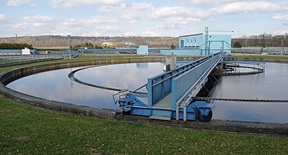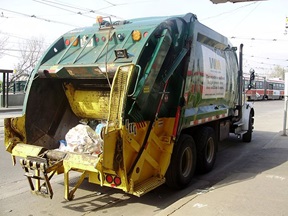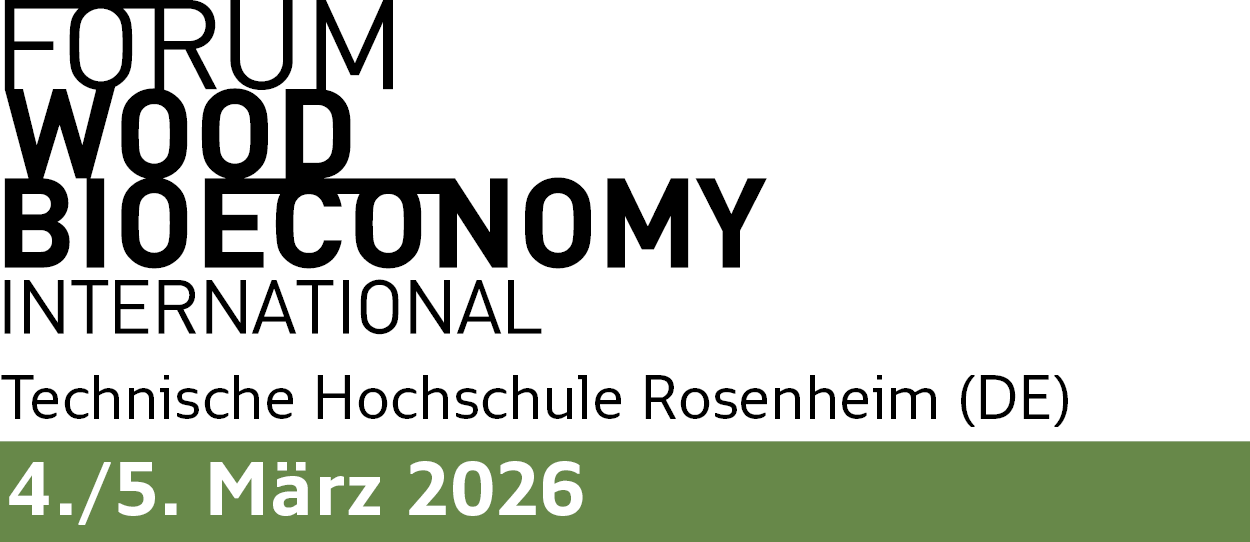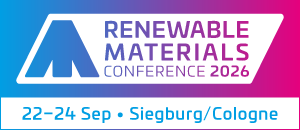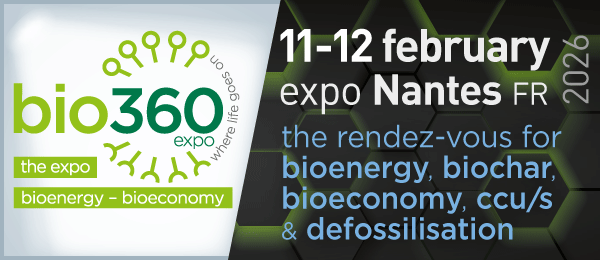In rich countries, the urban biorefinery is a much sought after goal, albeit difficult to arrive at. Much sought after because we could solve out waste problem by this concept. Difficult to arrive at because our waste is such a difficult mixture, that retrieving useful substances from it would be a real work of art.
The European URBIOFIN and HOOP projects try precisely to arrive at that work of art. Yet, this is still so difficult that many articles are being devoted to the subject. Yes, we have sewage treatment plants. But these do not produce valuable products. They ‘just’ remove the burden of waste from our shoulders. For it not to be discharged non-treated into the environment. Can we improve on this, with an urban biorefinery? And possibly make a small profit out of it?
URBIOFIN
Between 2017 and 2022, the Bio Based Industries Joint Undertaking (BBI JU) financed the EU URBIOFIN project. URBIOFIN’s goal was to process urban waste into fuels and materials; producing a more circular process. Three demos were set up in Spain. In the first project, urban waste was processed into fuels and bioethylene. This latter substance was further processed into ‘green’ consumer articles. The second module also produced bogas, to be processed in module three. This transformed the biogas into biomethane or PHAs, useful bioplastics.
On paper, such an urban biorefinery seemed promising: it produces useful compounds and plastics from a useless feedstock. The plastics industry might be interested, because the process would deliver a new (and useful) feedstock. Maybe the waste processing industry could be interested, because here a useless feedstock would be turned into useful substances. Maybe also communities and the biofertilizer industry. Moreover, such an industry could anticipate laws promoting or even mandating circularity.
The urban biorefinery
European regulation points into this direction. For instance, the Waste Management Directive formulates the principles that are leading for sustainability. According to this directive, preventing waste is of rime importance. The Urban Sewage Directive prioritizes circularity in sewage treatment. And the EU Products Directive of 2019 promotes biological fertilizer, among others.
The urban biorefinery, if successful, would be able to repair an important flaw in our present economy: the lack of circularity. The present economy is characterized by an urban and a countryside circle. On the one hand, the urban economy produces waste on a major scale. On the other hand, because nothing is being returned to the land, soil quality deteriorates. All thanks to a linear system of food production, that transports food from the land to the sewage treatment installation.
Return nutrients to the land
Instead, we should treat and concentrate urban waste. A deliberate strategy, intended to return to the land food ingredients contained in urban food. As long as we do not succeed in this, general soil quality will diminish. Agriculture will become dependent on non-sustainable, fossil-derived and often overapplied artificial fertilizer; that will damage habitats and biodiversity.
But we can repair this. Like we used to do. Until quite recently, in China and Japan human excrements were taken from urban areas to the countryside, as manure. In the case of an urban biorefinery we could do the same, albeit in a more modern way – that will close once more the food chain between urban and rural communities. Now for real.
The HOOP project
But precisely this appears to be the problem. URBIOFIN stopped in 2022 and was succeeded by the HOOP project. Albeit with a somewhat different goal. The URBIOFIN project tried to prove the technic-economical approach of the urban biorefinery; HOOP concentrates on getting such a refinery done. Primarily by adapting waste collection and biorefineries to local conditions. That’s why the project concentrates on eight ‘lighthouse cities’: Albano-Laziale (Italiy), Almere (the Netherlands), Bergen (Norwway, Kuopio (Finland), Münster (Germany), Murcia (Spain), urban district Porto (Portugal), and Western Macedonia (Greece).
All these communities host public or private enterprises that would like to valorize urban wastewater. HOOP offers support, collegial reviews, training, study visits and online courses. All intended to share information on the realization of urban biorefineries.
Other waste streams
HOOP specifically intends to cast its net wider than the standard products compost, biogas and biofuels. For instance, BIR has joined HOOP, a Norwegian waste company. Their aim is to process food waste into food for insects and microalgae, for the aquaculture of salmon.
HOOP also investigates other waste streams. Like discarded food oils and coffee grounds. These can be processed to P3HB, a compound with cosmetic and medical properties, also useful as wrapping material and in 3D printing. And HOOP tries to develop new prpducts from other sources, like meat waste. HOOP partners exchange knowledge about problems, viruses and application options. That should lead to a number of guidelines, useable by others so that they will better be able to fulfil their plans. The ultimate goal is to develop an urban biorefinery: from research to realization.
Success?
But we need to be clear: success is still far away. Treating waste is a difficult art. We might have to look at the process of producing waste itself. For if a substance has been judged to be useless to others, that isn’t the most promising starting point for new investigations.
Author
Diederik van der Hoeven
Source
Supplier
Bio Based Industries Joint Undertaking (BBI JU)
European Union
HOOP Project
Share
Renewable Carbon News – Daily Newsletter
Subscribe to our daily email newsletter – the world's leading newsletter on renewable materials and chemicals

